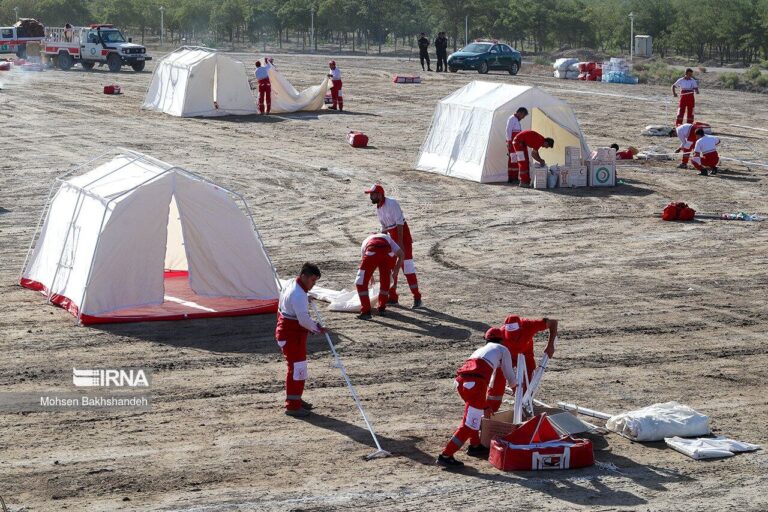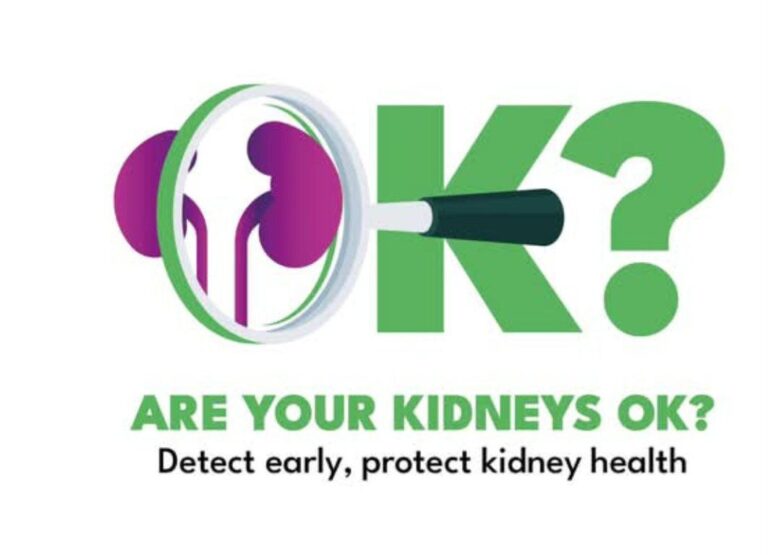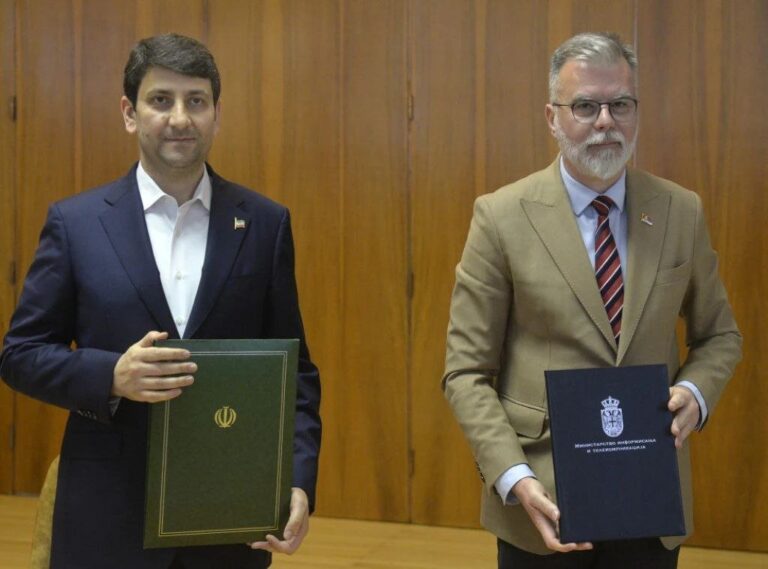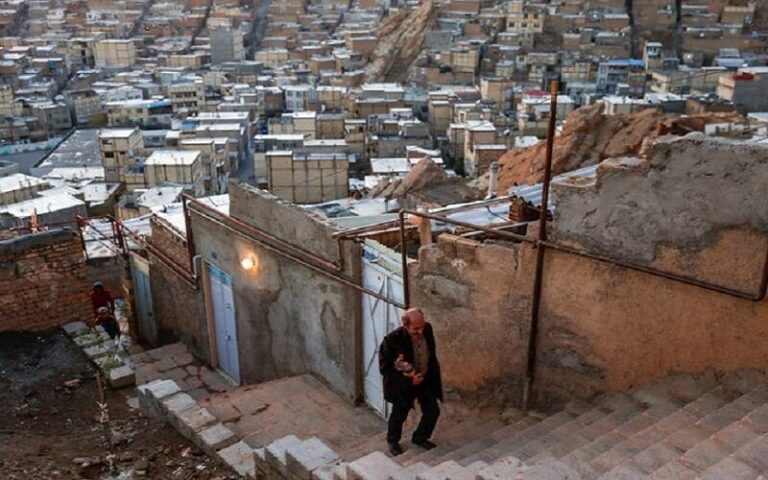Staggering 980,000 Births Registered in a Single Year: A Remarkable Milestone!
In a recent announcement, the Civil Registration Organization revealed significant statistics regarding births in Iran for the past Iranian calendar year, which spanned from March 2024 to March 2025. A total of 979,923 births were registered across the country, highlighting key trends in demographics and fertility rates that are essential for understanding Iran’s population dynamics.
According to the report, Tehran province recorded the highest number of births, totaling 120,562, while Ilam province had the lowest with just 6,534 births. This stark difference underscores the varied demographic patterns within different regions of Iran.
One notable finding is the average age of women giving birth to their first child, which stood at 27.5 years. For fathers, the average age at which they became parents was reported to be 32.3 years. The data also shows that there is a discrepancy between urban and rural areas:
- The average age of first-time mothers in urban areas was 28.2 years, while in rural areas, it was significantly lower at 24.4 years.
- Similarly, first-time fathers in urban areas had an average age of 32.8 years, compared to 30 years in rural areas.
When analyzing the average ages of parents across different provinces, Tehran had the highest averages: 34.8 years for first-time fathers and 30.6 years for first-time mothers. In contrast, Sistan-Baluchestan recorded the lowest averages, with fathers at 27.2 years and mothers at 22.6 years.
Fertility Rates and Future Projections
A key topic of discussion has been the fertility rate in Iran, which officials deem critical for the country’s demographic future. In November 2023, Saber Jabbari, an official with the Ministry of Health, emphasized that the total fertility rate should increase from the current rate of 1.66 to 2.5 before the demographic window closes in the next five years.
Jabbari expressed concerns about the nation nearing an aging population, stating, “The country is on the threshold of aging; to tackle this crisis, we must promote childbearing and youth population.” This sentiment highlights the urgency of addressing the demographic challenges that Iran faces.
Over the past three decades, Iran has seen a significant decline in its total fertility rate. However, data from the Iranian calendar year 1401 (March 2022 – March 2023) indicated a halt in this downward trend. Jabbari noted that the fertility rate rose slightly from 1.65 in the year 1400 (March 2021 – March 2022) to 1.66 in 1401.
Strategies for Increasing Fertility Rates
Jabbari emphasized the importance of implementing national programs that focus on the youth population as a strategy for increasing the total fertility rate. He pointed out that achieving a fertility rate of 2.5 is a crucial goal outlined in the general policies of the Seventh National Development Plan (2023 – 2027).
In addition to promoting family growth, Jabbari mentioned that Iran offers various modern infertility treatment methods, ensuring that couples facing challenges in conceiving have access to the necessary medical support.
As Iran navigates the complexities of its demographic landscape, these statistics and strategies will play a pivotal role in shaping the future of the nation. The focus on increasing birth rates and addressing the needs of younger populations is essential for ensuring a balanced and sustainable demographic profile.
In summary, the recent birth registration data sheds light on important trends in Iran’s population, particularly regarding fertility rates and the age of parents. With proactive measures and programs, there is hope for a brighter demographic future in the years to come.






